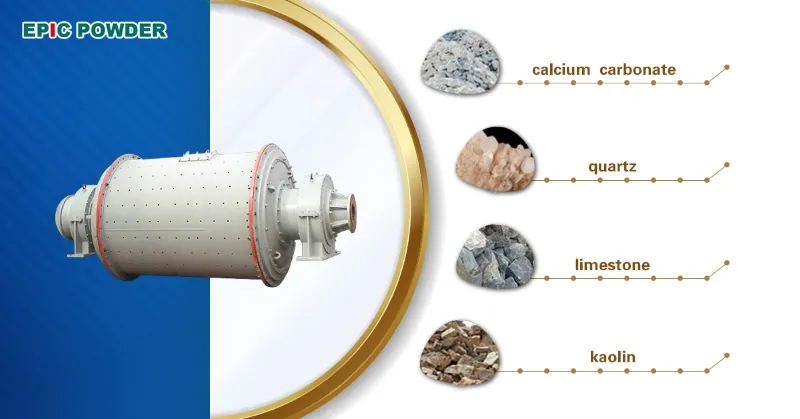Calcium carbonate is a widely used inorganic compound in industrial fields. Its processing technology directly impacts product quality and performance. Ball milling, as a classic grinding equipment, plays a key role in calcium carbonate processing. This article will detail the calcium carbonate ball milling process. It covers raw material preparation, crushing, grinding, classification, collection, and packaging, offering practical considerations for readers.
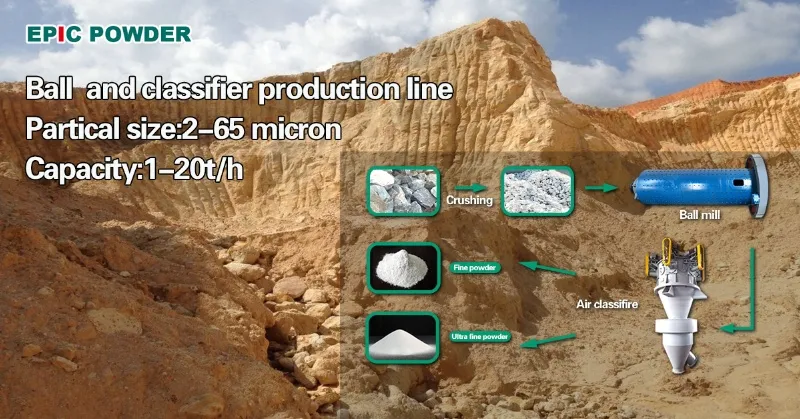
Raw Material Preparation
The first step in calcium carbonate ball milling process is selecting suitable raw materials. Common sources include calcite, marble, and limestone. The quality of the raw material directly affects the final product quality. Therefore, strict selection is required. Purity, hardness, and particle size are key factors. High-purity raw materials reduce impurities. Appropriate hardness and particle size facilitate crushing and grinding.
Before entering the ball mill, raw materials typically undergo crushing. Large calcium carbonate ores are crushed with jaw or hammer crushers to a suitable size (20 – 40 mm). The crushed material is then conveyed to the raw material bin, preparing it for grinding.Ball Milling Process.
The ball mill is the core equipment for calcium carbonate grinding. It uses grinding media (steel or ceramic balls) that move inside the drum to impact, grind, and crush the material. The raw material enters the ball mill through the feed port. The grinding media is lifted to a certain height by the drum’s rotation and falls, impacting the material. This, along with the relative movement between the grinding media and the drum wall, crushes the material into fine powder.
The efficiency of ball milling depends on several factors. These include the type, size, and fill rate of the grinding media, the drum speed, the material fill rate, and the material properties. These parameters need to be adjusted according to the hardness and target particle size of calcium carbonate. For harder ores, use larger, denser steel balls and increase the drum speed to enhance the grinding effect. The material fill rate must be controlled to avoid hindering grinding media movement or reducing efficiency.
Calcium Carbonate Ball Milling Process
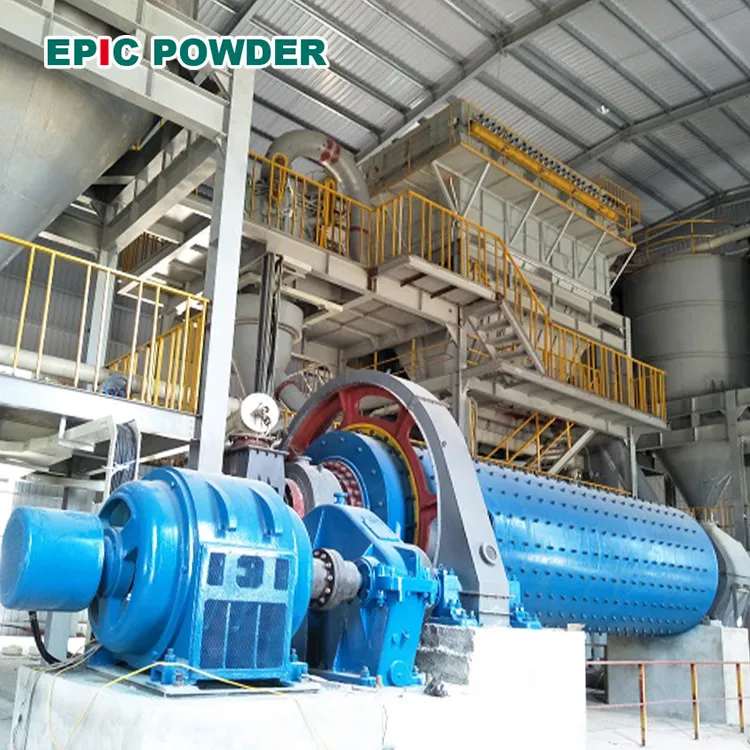
The ball mill is the core equipment for calcium carbonate grinding. It uses grinding media (steel or ceramic balls) that move inside the drum to impact, grind, and crush the material. The raw material enters the ball mill through the feed port. The grinding media is lifted to a certain height by the drum’s rotation and falls, impacting the material. This, along with the relative movement between the grinding media and the drum wall, crushes the material into fine powder.
The efficiency of ball milling depends on several factors. These include the type, size, and fill rate of the grinding media, the drum speed, the material fill rate, and the material properties. These parameters need to be adjusted according to the hardness and target particle size of calcium carbonate. For harder ores, use larger, denser steel balls and increase the drum speed to enhance the grinding effect. The material fill rate must be controlled to avoid hindering grinding media movement or reducing efficiency.
Classification and Collection
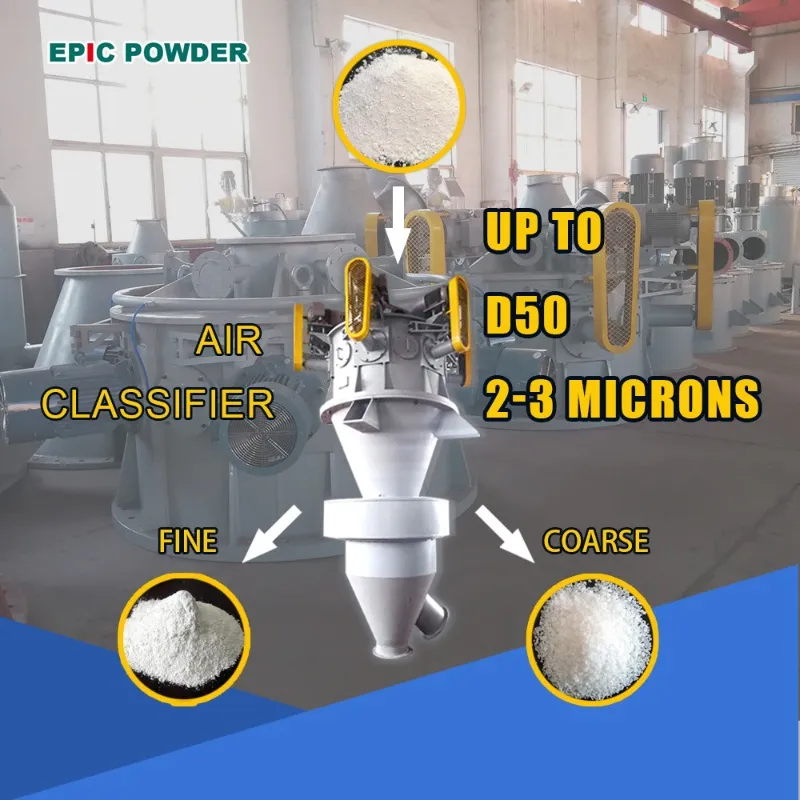
The ground calcium carbonate is discharged from the ball mill and transported to a classifier for particle size separation. The classifier separates particles based on size. Fine powder enters the collection system, while coarse powder returns to the ball mill for regrinding. The classifier’s speed and airflow are key to controlling the particle size. Adjusting the classifier speed allows the production of powders with different fineness, ranging from 80 mesh to 3000 mesh.
The collection system typically includes a cyclone separator and a bag filter. The cyclone separator removes most of the powder from the airflow. The bag filter captures the remaining fine powder, ensuring a clean environment. The collected powder is then conveyed to the finished product bin, ready for packaging.Process Optimization and Considerations
- Equipment Maintenance: Ball mill grinding media and liners wear over time. Regular inspection and replacement are needed to maintain grinding efficiency and product quality. Bearings and other parts also need lubrication for smooth operation.
- Energy Consumption Control: Ball milling consumes significant energy. By optimizing the grinding media grading, drum speed, and material fill rate, energy consumption per unit product can be reduced. Proper media grading improves grinding efficiency and reduces energy wastage.
- Environmental Measures: The grinding process generates dust, so efficient dust collection systems are required to meet emission standards. Ball mills also produce noise, so noise reduction measures should be implemented.
- Product Diversification: By adjusting classifier parameters and milling time, different fineness levels of calcium carbonate can be produced. This meets the needs of various industries, including coatings, plastics, and papermaking.
Application Areas
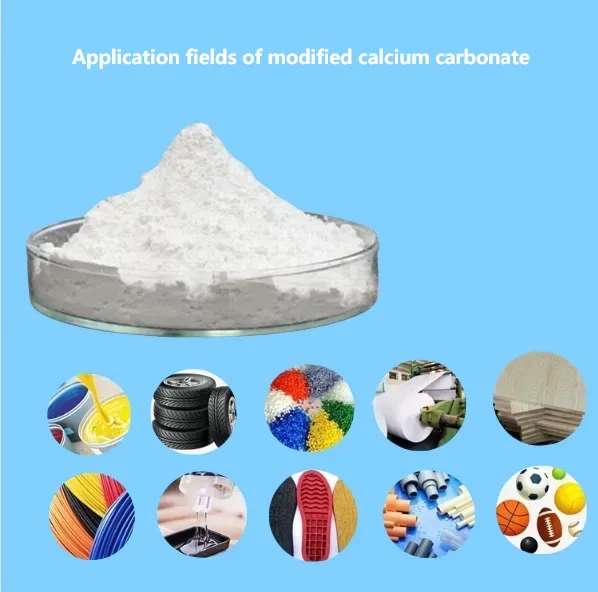
Ball milled calcium carbonate powder is used in many industries:
- Plastic Industry: As a filler, it improves the strength, rigidity, and dimensional stability of plastic products while lowering production costs.
- Coatings Industry: As an extender pigment, it improves coverage, leveling, and weather resistance, enhancing coating performance.
- Paper Industry: Used as a filler and coating, it improves whiteness, smoothness, and printability, enhancing paper quality.
- Rubber Industry: Enhances wear resistance, aging resistance, and tensile strength, extending the lifespan of rubber products.
Epic Powder
Epic Powder has been in the powder processing equipment field for many years. The ball milling equipment developed by Epic Powder, along with supporting classification and collection systems, strongly supports calcium carbonate ball milling. From raw material processing to finished product output, Epic Powder’s solutions optimize processes, improve efficiency, and meet diverse industry needs. These solutions contribute to the efficient development of the calcium carbonate processing industry.
